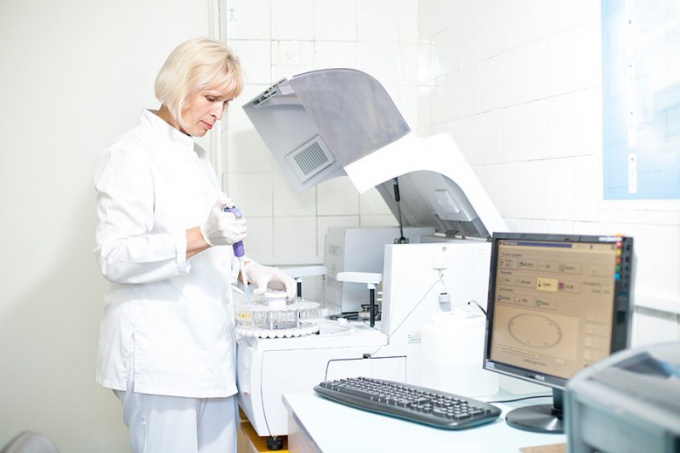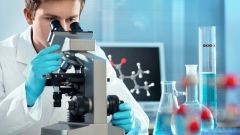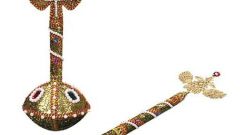Preparation for assay
During pre-training, for 5-8 hours before taking the smear, typically the doctors canceled all the therapeutic procedures and the use of prescribed drugs. Emitted from the eye material taken immediately after sleep to wash out of the places of greatest accumulation in the conjunctiva.
The methodology of the
According to the method, a swab is taken separately with each eye dry with a sterile tampon, a probe or a platinum loop which is heated for sterilization in the flame of a spirit lamp red. Lower eyelid pulled and cooled loop or swab is carried out on the lower transition crease. Removing the upper eyelid of his transitional fold collect a lump of mucus.
A clean glass slide is wiped with alcohol and a thin layer applied to it taken from eye material. The dried smear is fixed above the burner and for convenience denote contours with steklograf.
Sowing is carried out by lowering the loop taken in agar or broth in a sterile test tube over the flame of the burner, which closed with a stopper.
The material for the smear can be stored at temperatures not exceeding 8° C and it is recommended to promptly deliver to the lab.
Types of analysis of eye secretions
The complete analysis of the smear from the eye includes the following types:
Cytological analysis, in which an infectious or allergic nature of the inflammation revealed by examining stained smears under the microscope.
Microscopy analysis, in which a magnifying device is studied the microbial composition of stained smears from the eye. This method quickly and accurately determines the streptococci and staphylococci, Escherichia coli and diphtheria bacilli, chlamydia, gonococci, and fungi of the genus Aspergillus.
Bacteriological analysis consists in sowing stroke on a nutrient medium to grow colonies of pathogens inflammation.
On the conjunctiva in any case inhabits a number of conditionally pathogenic microorganisms, therefore, to determine the nature of diseases it is necessary not only to allocate everything in a smear of the germs, but also to calculate their exact number.
Bacteriological method is effective when you want to confirm that purulent inflammation initiated by excessive growth of one of the members of the native microflora of the eye.
Clarification of level of sensitivity to antibacterial preparations.








